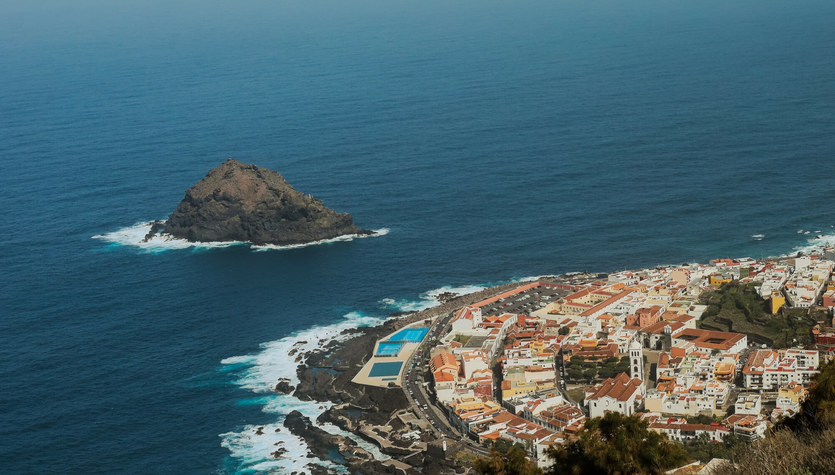The National Geographic Institute (IGN) reported 458 tremors within 3 hours; 13 of them had greater strength. The epicenter of the tremors occurred at a depth of 6-20 km.
The shocks have the characteristics of a so-called seismic swarm, likely due to the movement of steam, water, and gases within the Teide hydrothermal system, Involcan explained.
Not only does the seismic swarm imply a greater potential for a volcanic eruption in the short to medium term, but it does mention that Tenerife is a seismically active island, obviously. 500 to 1,000 shakes are recorded on the island annually, while it reaches 30 in other Canary Islands.
The last eruption of the Teide volcano was in 1909, more than 100 years ago. Tenerife remains one of the most popular tourist attractions in Spain, visited by more than 3 million tourists annually.
The seismic tremors in Tenerife are reminiscent of the almost 3-month-long eruption of the Cumbre Vieja volcano (from September 19, 2021) on the island of La Palma. The disaster wreaked havoc on this Canary island, and it proved to be one of the most costly natural disasters in the history of Spain.







